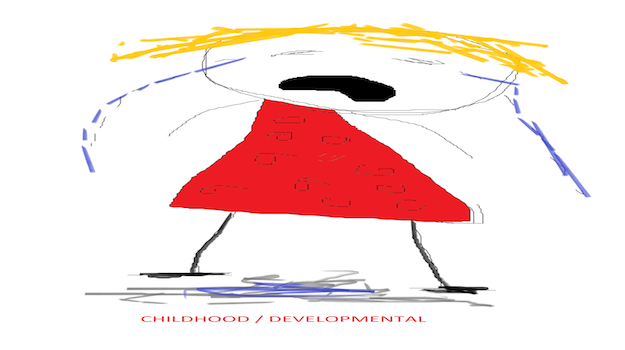In some people, this problem can persist lifelong
New Delhi, December 14, 2017 : As per estimates, about 11 to 12 million people in India stammer/stutter. Although this condition usually goes away by adulthood, it does persist in about 1% of the adult population and might lead to a decreased quality of life, depending on its severity. This condition is five times more common in boys than girls. In most people in whom the problem persists, professional help and speech therapy might be required.
The WHO defines stuttering/stammering as ‘Speech that is characterized by frequent repetition or prolongation of sounds or syllables or words, or by frequent hesitations or pauses that disrupt the rhythmic flow of speech. It should be classified as a disorder only if its severity is such as to markedly disturb the fluency of speech.’
Speaking about this, Padma Shri Awardee Dr K K Aggarwal, National President Indian Medical Association (IMA) and President Heart Care Foundation of India (HCFI) and Dr RN Tandon – Honorary Secretary General IMA in a joint statement, said, “A person who stutters often repeats words or parts of words, and tends to prolong certain speech sounds. They may also find it harder to start some words. Some may become tense when they start to speak, they may blink rapidly, and their lips or jaw may tremble as they try to communicate verbally. Their speech may be completely ‘blocked’. This happens when their mouths are in the right position to say the word, but virtually no sound comes out. This may last several seconds. Sometimes, the desired word is uttered, or interjections are used to delay the initiation of a word the speaker knows causes problems.”
There are two common types of stuttering: developmental and neurogenic. While developmental stuttering is more common in children, neurogenic stuttering may occur after a stroke, head trauma, or other type of brain injury.
Adding further, Dr Aggarwal, said, “There is currently no cure for stuttering. However, there are a variety of treatments available depending upon a person’s age, communication goals, and other factors. It is important to work with a speech-language pathologist to determine the best treatment options.”
The following tips can help in managing a child who stutters or stammers.
- Provide a relaxed home environment including setting aside time to talk to one another.
- Refrain from negative reactions when the child stutters. Praise him/her for being able to speak without stammering at times.
- Be less demanding on the child to speak in a certain way
- Speak in a slightly slowed and relaxed manner.
- Listen attentively when the child speaks and wait for him or her to say the intended word.







